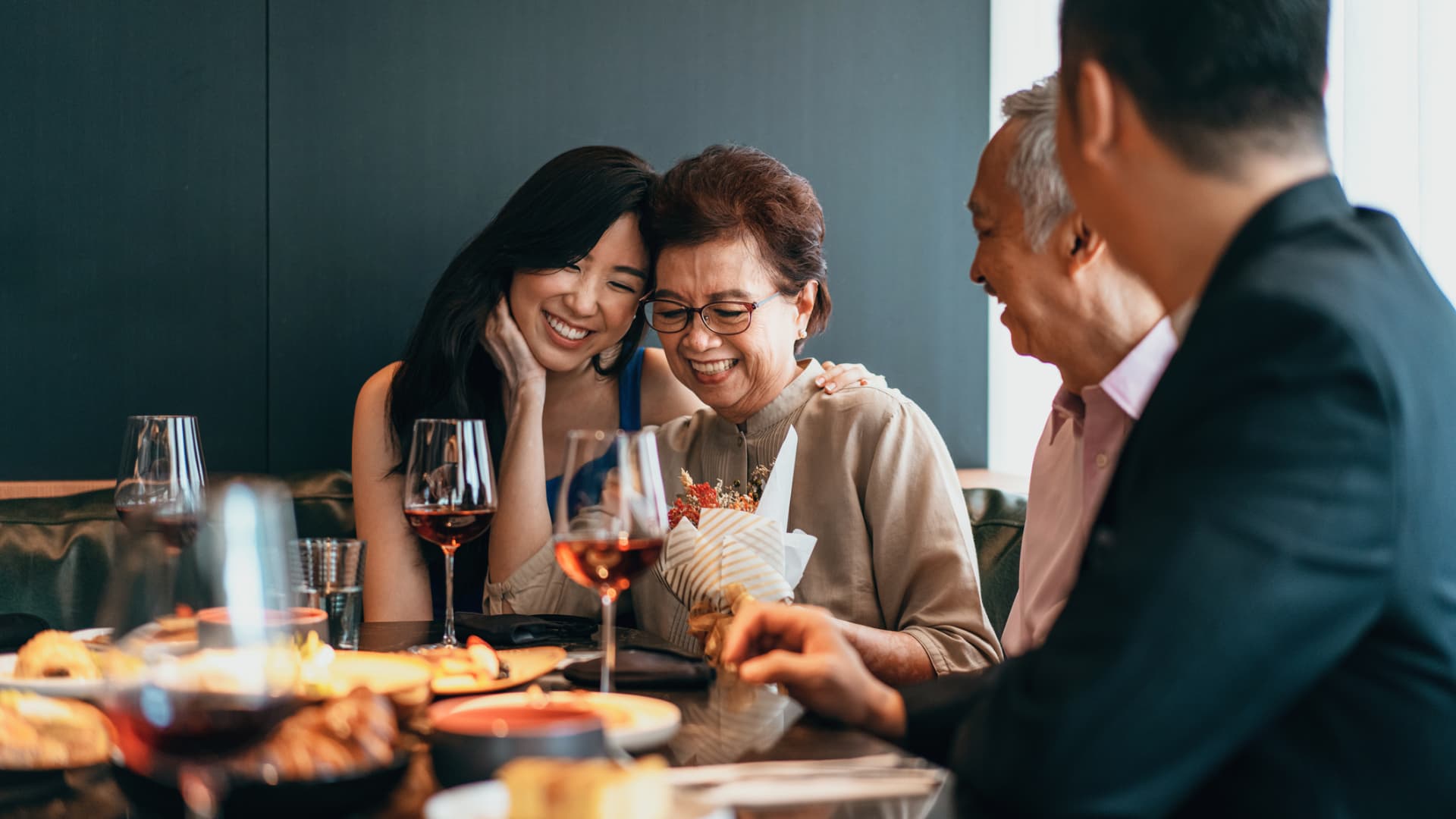This Asian country boasts one of the most long-lived populations globally.
Singapore has recently earned the distinction of being labeled a “blue zone,” denoting a region where inhabitants enjoy extended and healthier lives.
According to the individual who popularized the concept of “blue zones,” Singapore has achieved the highest health-adjusted life expectancy worldwide. This accomplishment underscores the effectiveness of Singapore’s strategies in fostering longevity and well-being.
Blue zones are characterized by a significantly higher number of centenarians per capita compared to the United States.
The original blue zones encompass Ikaria (Greece), Okinawa (Japan), Nicoya (Costa Rica), Sardinia (Italy), and Loma Linda (United States), with Singapore now included in Buettner’s updated list known as “blue zone 2.0.”
While the initial blue zones arose naturally, the emergence of blue zones 2.0 is attributed to deliberate human intervention.
Buettner, in collaboration with National Geographic and the National Institute of Aging, embarked on a mission in 2004 to unravel the secrets behind longevity by studying communities where individuals lead exceptionally long lives.
Unveiling the ‘Power 9’
Buettner and his team identified nine core principles, known as the Power 9, encapsulating the lifestyle habits of the world’s healthiest and longest-living individuals.
These principles emphasize natural movement, purpose-driven living, stress-reducing routines, mindful eating habits, plant-focused diets, moderate alcohol consumption, community engagement, familial closeness, and socializing with health-conscious peers.
Singapore stands out as an “engineered longevity hotspot,” according to Buettner.
Here are some key wellness-promoting elements integrated into Singapore’s policy framework.
Embracing Walking Over Driving
Unlike many parts of the world where car travel prevails, Singaporeans predominantly rely on walking, not merely for exercise but as a primary mode of transportation.
Singapore’s emphasis on pedestrian-friendly infrastructure, coupled with measures like high automobile taxes and robust investments in walkability, cycling, and public transit, encourages a shift towards active mobility.
Recognizing their populace as the most valuable asset, Singapore’s strategic urban planning prioritizes walkability and community well-being, fostering a culture of health-conscious living.
Dan Buettner
Author, The Complete Blue Zones: Lessons From the Healthiest Places on Earth
To own a car in Singapore, one must first obtain a Certificate of Entitlement, which can exceed the vehicle’s cost itself.
In contrast, the price of a Toyota Camry Hybrid in Singapore is approximately 209,888 Singapore dollars (around 155,800) as of March, significantly higher than the U.S. price of 28,855.
Cultivating Close-Knit Relationships
Studies indicate that residents of blue zones prioritize familial bonds and proximity to loved ones.
Singapore’s Housing and Development Board incentivizes multigenerational living arrangements, fostering intergenerational support networks that benefit the well-being and longevity of older family members.
Fostering a Sense of Belonging
Membership in faith-based communities correlates with extended life expectancy, as evidenced by the prevalence of centenarians in such groups.
Nearly 80% of adult Singaporeans affiliate with a religion, and the city-state ranks as the most religiously diverse country globally, promoting social cohesion and spiritual connectedness.
Promoting Healthy Choices
Singapore’s initiatives prioritize affordability and accessibility of nutritious foods over unhealthy options, encouraging establishments to offer [healthier menu selections].
Government-backed campaigns by the Health Promotion Board advocate for whole grains and brown rice consumption, while a dedicated food stall grading system assists residents in making informed dietary choices.
The country’s stringent anti-smoking measures, coupled with graphic health warnings on cigarette packaging, have contributed to curbing tobacco use.
Access to Quality Healthcare
Singapore’s universal healthcare system ensures comprehensive medical services encompassing preventive care, treatment, rehabilitation, and palliative support, prioritizing public health over profit-driven motives.
In contrast to the costly and inefficient healthcare model prevalent in the U.S., Singapore’s approach focuses on proactive health maintenance and accessibility.
Stringent Regulatory Framework
Renowned for its strict legislation, Singapore enforces stringent laws governing various aspects of public behavior, such as the ban on chewing gum and penalties for eating on public transport.
Notably, Singapore maintains rigorous controls on firearms and narcotics, with severe penalties including imprisonment, caning, or capital punishment for offenders.
Buettner lauds Singapore’s proactive stance on gun control and drug enforcement, underscoring the efficacy of such policies in safeguarding public health and safety.
